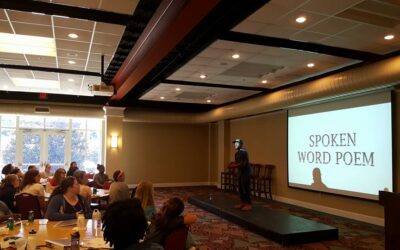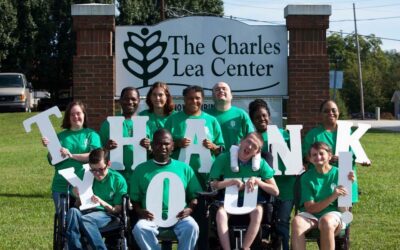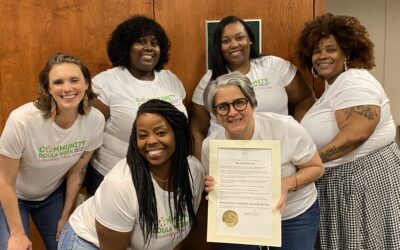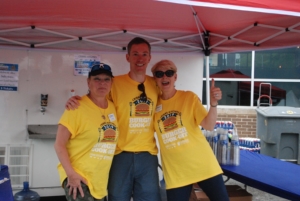
- By Emily Williams [email protected]
- Sep 18, 2020 Updated Mar 19, 2021
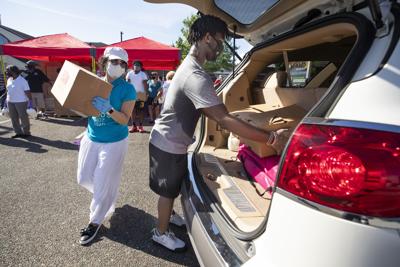
The majority of South Carolina’s nonprofits may have only months left before they run out of funds as the economic downturn brought on by the coronavirus pandemic continues to eat away at revenue and creates an increased demand for some of their services.
Almost two-thirds of the nonprofits expect to survive for six months or fewer without additional aid, according to a survey from Together SC, a statewide organization for nonprofits, and the College of Charleston’s Riley Center for Livable Communities.
About 5 percent of the respondents said they are out of cash now, and 29 percent said they have enough for another three months.
A total of 566 nonprofits responded to the survey, which was sent out on Sept. 1. The groups represented span the state and have operating budgets that range from less than $50,000 to more than $10.1 million. All nonprofit sectors participated.
Comparing two of those sectors — arts organizations and human services groups, like food banks and homeless shelters — shows major differences in how the pandemic is affecting specific types of charities.
Almost 85 percent of arts and culture organizations said they’ve seen funding decrease since the pandemic hit South Carolina. Of human services organizations, more than a third have seen their funding increase.
Bob Kahle, associate director at the Riley Center, described that as a “hierarchy of needs effect”: Groups that meet a community’s basic necessities, like food and shelter, are getting more financial support, but the need for their services has also increased.
Of the human services organizations surveyed, 66 percent said they have seen demand for their services go up during the pandemic.

The “single greatest need” among the state’s nonprofits right now, per the report, is cash to meet operating needs due to lost revenue.
Of the 287 groups that said they need cash to survive through the end of the year, 209 were able to provide usable estimates of how much money they need. Combined, the total was more than $61 million, or nearly $300,000 per organization.
That’s specific just to the portion of the survey sample that could provide a dollar amount, Kahle noted, meaning a far greater sum would be needed to save most of the nonprofits at risk of closing.
One respondent, which was not identified since participants were promised anonymity, wrote about concerns for the long-term effect this period will have on the organization’s viability.
“We can use loans to get through this year but going into next fiscal year with significant debt and anticipating that we will continue to be restricted in our capacity to earn income is concerning,” the group wrote.
Questions about sustainability “are on the minds of all of our nonprofit leaders,” Kahle said.
Philanthropy will help, but it’s “not going to be enough,” said Madeline McGee, president of Together SC. Nonprofits are going to need support from the state and federal government to stay afloat, she said.
McGee pointed to places like the Children’s Museum of the Lowcountry — the executive director there, Nichole Myles, has said the pandemic has “broken” its funding model — as an organization that would require a lot of resources to bring back if it’s lost now.
Communities need to think about the costs of keeping a nonprofit around now compared to the time and funds it would take to revive it if it has to shut down mid-pandemic, said McGee, who was raising alarm bells months ago about the financial risks for the often short-staffed and tight-on-cash sector.
